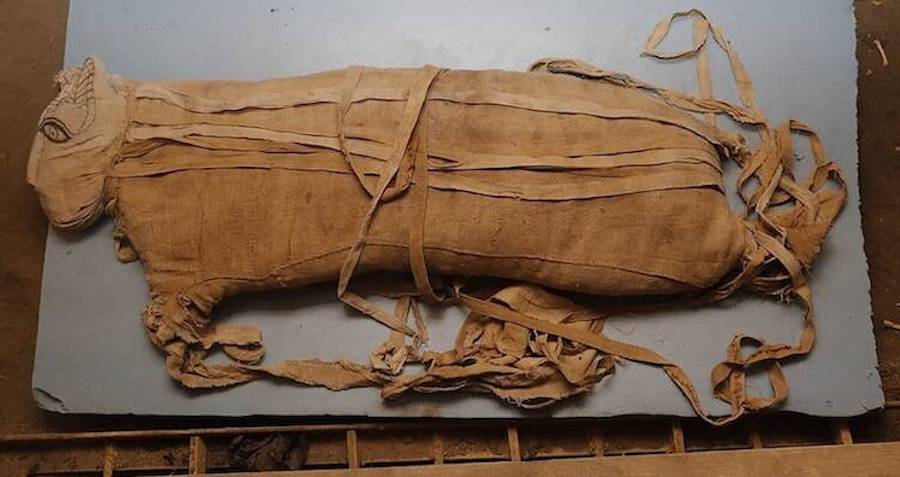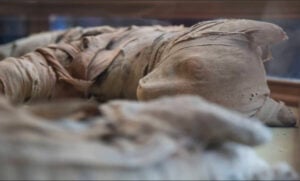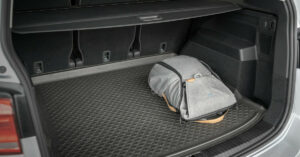Mystery of Ancient Egypt's Mummified Animals: Lion Cubs, Cobras, and Crocodiles Revealed
Naturally, those eager to boost that figure by three million additional people hope that it’s an inherent love of ancient Egyptian culture, relics, and artifacts that will do the job. For now, there are three large mummified wildcats ready to be analyzed.
After learning about the dozens of mummified animals and statues discovered in Egypt, read about a new study that suggests Ancient Egyptians hunted crocodiles specifically so they could mummify them. Then, learn about the 5,600-year-old mummy that revealed the oldest Egyptian embalming recipe ever found.



















